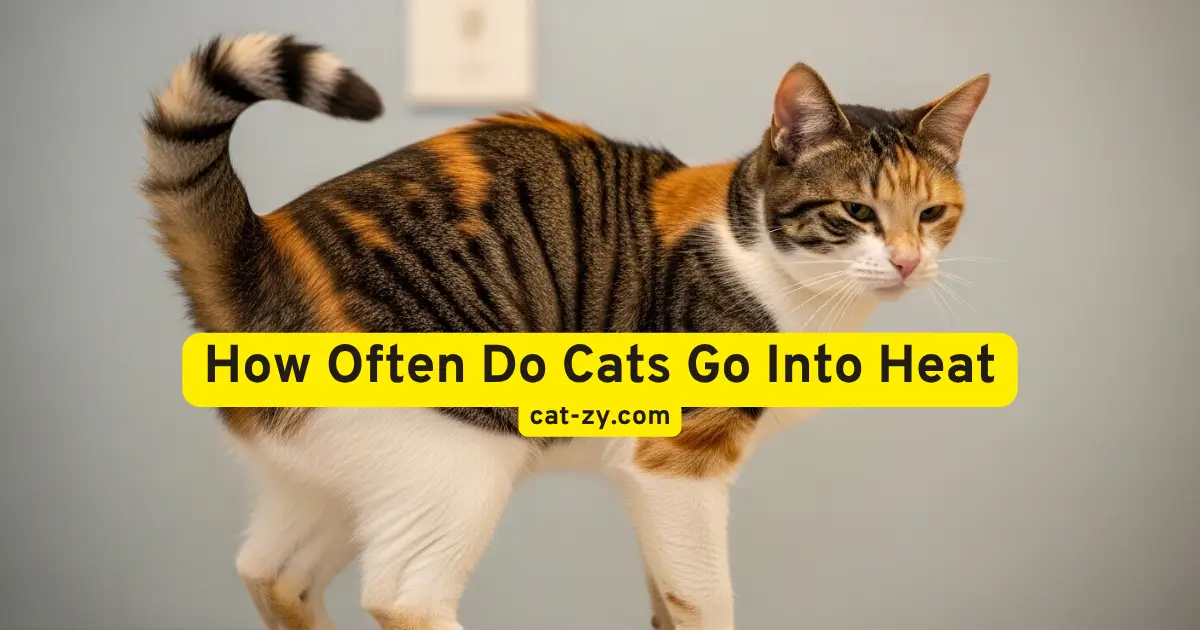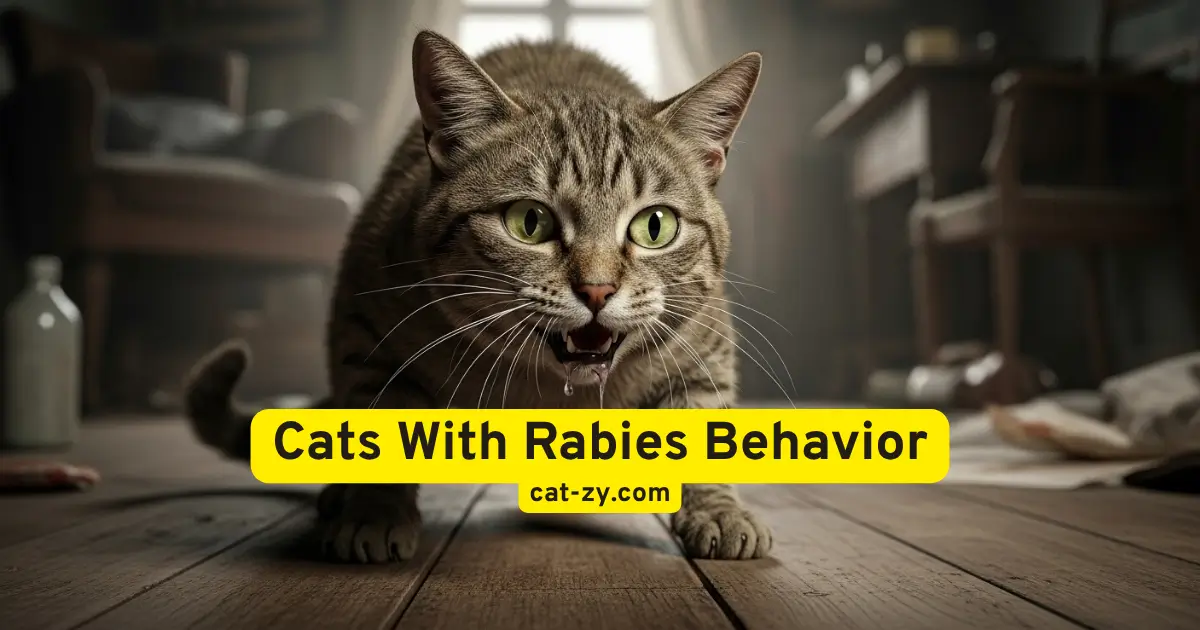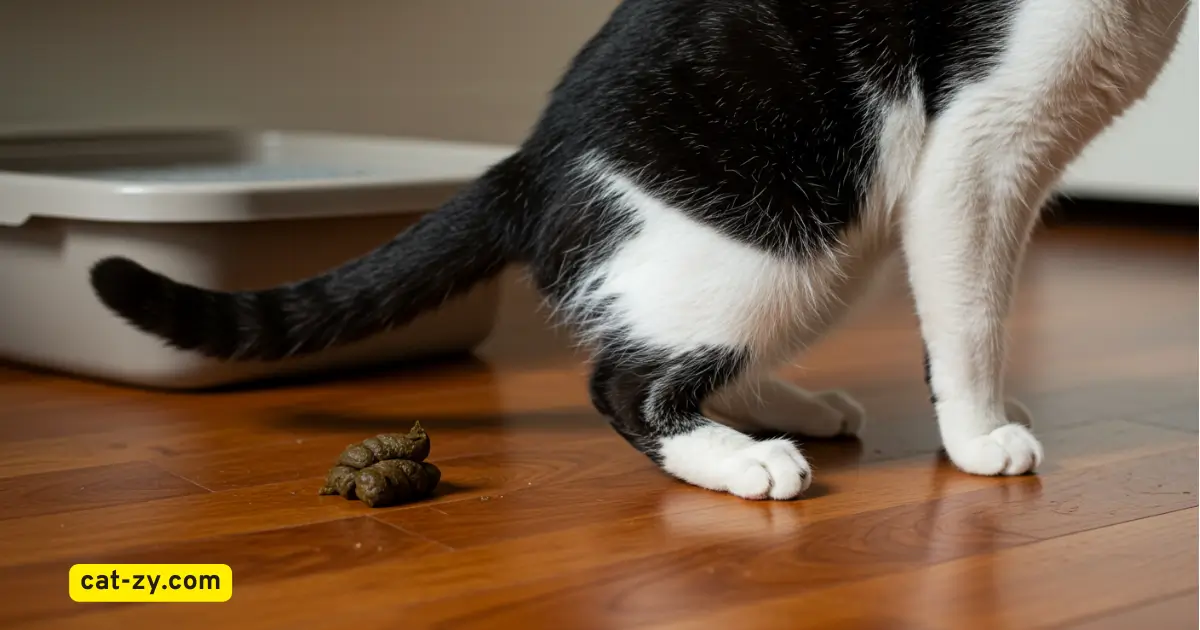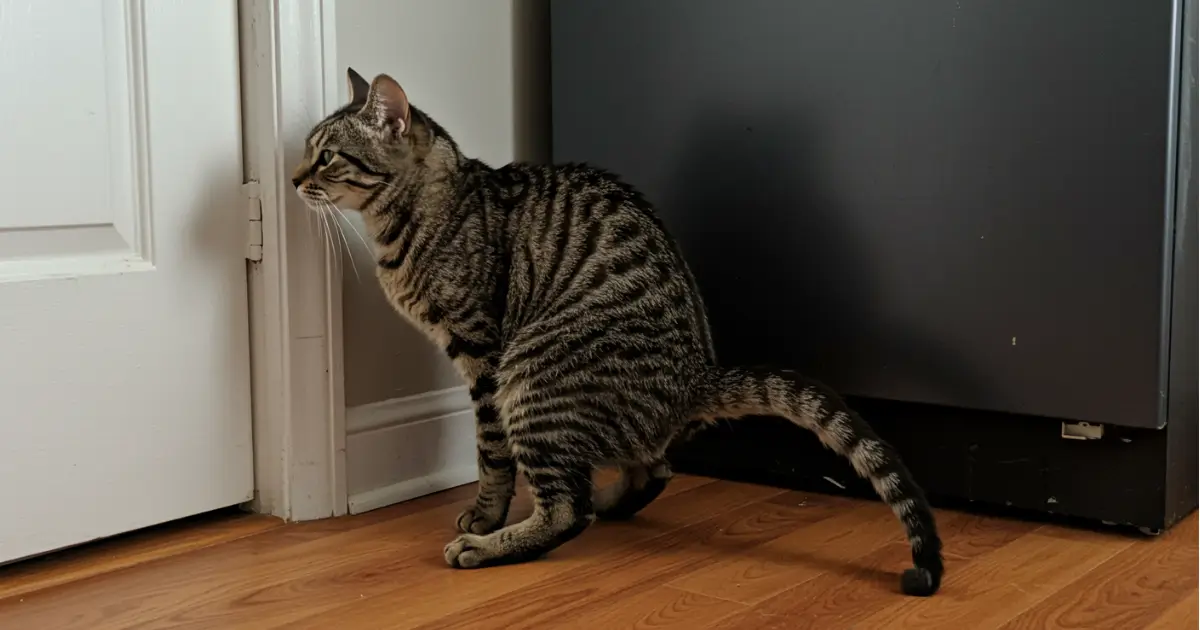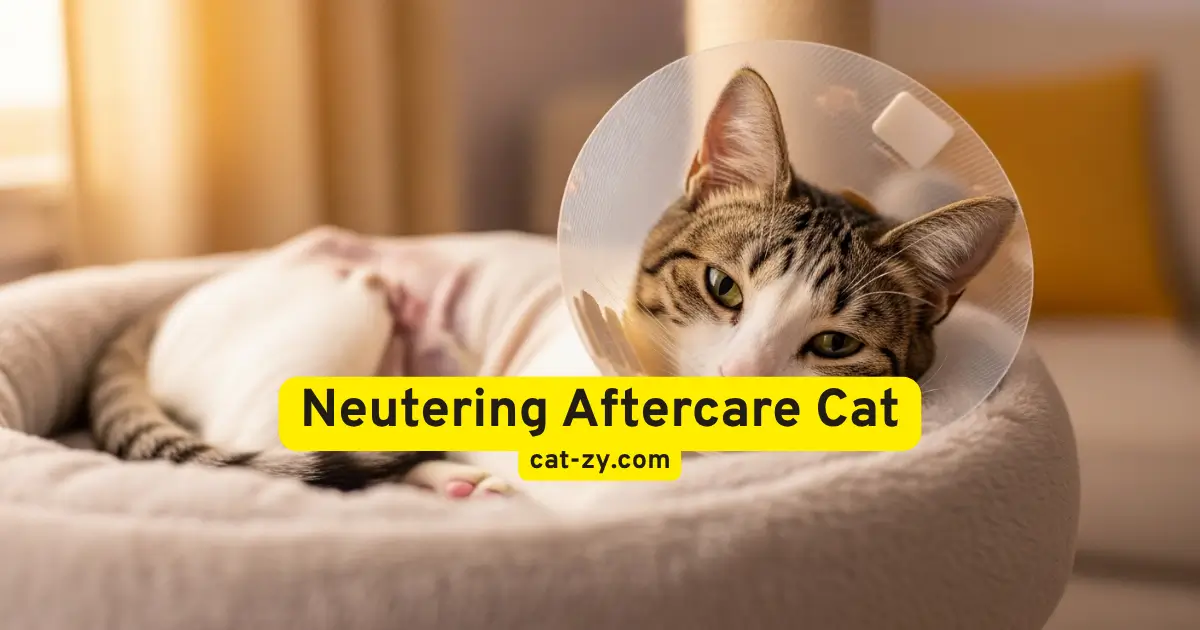How Often Do Cats Go Into Heat? 7 Surprising Facts
If you own a cat, you might have noticed changes in their behavior at certain times. Maybe you’ve wondered what’s behind these changes. Understanding your cat’s heat cycle is key to their care.
Knowing about your cat’s reproductive cycle is important. It helps you make better decisions for their health. The frequency of a cat’s heat cycle can vary, and there are many interesting facts about it.
In this article, we’ll dive into cat heat cycles. We’ll share 7 surprising facts that will help you understand your cat better.
Table of Contents
The Basics of Feline Heat Cycles
Feline heat cycles are a natural part of a cat’s life. They can be puzzling for many owners. Understanding these cycles can help you care for your pet better.
What Happens When a Cat Goes Into Heat
When a cat goes into heat, they are ready to breed. This period brings distinct changes in behavior and physical signs. Your cat may become more vocal and restless, showing specific mating behaviors. Recognizing these signs helps you understand your cat’s reproductive status and anticipate how often do cats go into heat throughout the year.
The Biological Purpose of Heat Cycles
The main purpose of a cat’s heat cycle is reproduction. Hormones regulate these cycles, preparing your cat’s body for pregnancy. Knowing this can help you manage your cat’s health more effectively.
Surprising Fact #1: Cats Don’t Actually Get Periods
Unlike humans, cats don’t menstruate or “get periods.” Instead, they go through a heat cycle, or estrus. This is important for cat owners to know, as it affects how you care for your pet. Knowing cats don’t get periods can also ease health concerns.
How Often Do Cats Go Into Heat?
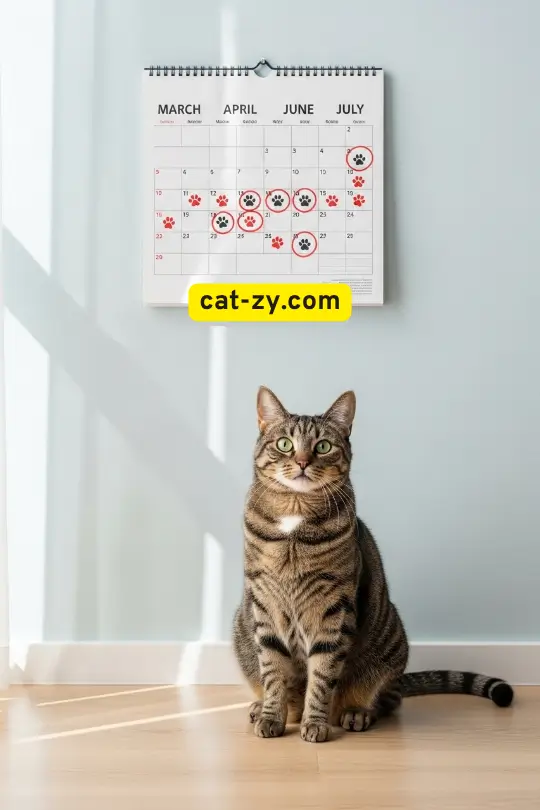
Knowing how often cats go into heat is key to their care. Several factors can affect how often a cat goes into heat. These include breed, age, and the environment they live in.
The Typical Frequency of Feline Heat Cycles
Cats are polyestrous, which means they can have many heat cycles a year. On average, a cat goes into heat every 2-3 weeks during the breeding season. This season usually starts in spring and ends in fall. But how often can varies for each cat.
Seasonal Patterns in Cat Heat Cycles
The heat cycle in cats is often affected by seasonal changes. In the wild, cats breed at specific times of the year. Domestic cats may also follow this pattern, with more heat cycles in spring and summer. As the days get shorter, heat cycles may happen less often, which directly impacts how often do cats go into heat during the fall and winter months.
Surprising Fact #2: Indoor Cats May Have Different Heat Patterns
Indoor cats, sheltered from natural light and seasonal changes, may have different heat patterns. Artificial lighting and a stable indoor environment can lead to heat cycles all year round. This makes it seem like they are in heat more often.
It’s important to understand these patterns and know how often do cats go into heat to care for your cat well. Whether your cat is indoor or outdoor, knowing their heat cycle helps manage their behavior and health better.
Recognizing the Signs: Is Your Cat in Heat?
Wondering if your cat is in heat and curious about how often do cats go into heat? Look for certain behaviors and physical signs. Cats in heat show clear signs.
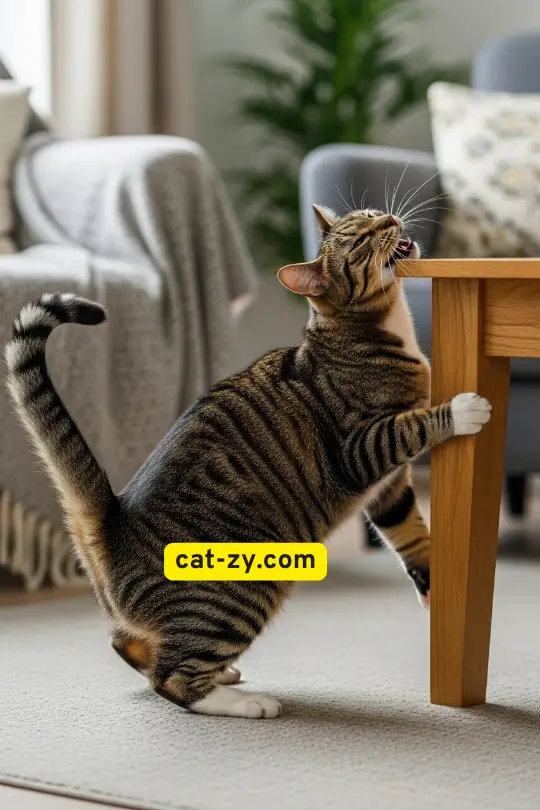
Behavioral Changes to Watch For
Cats in heat act differently. They might be restless, more loving, and want to go outside. They also rub against things more.
Vocalization and Calling Behaviors
Cats in heat meow a lot. They call loudly, trying to find a mate. This is their natural way to attract.
Physical Signs of Estrus
Look for a swollen vulva and discharge. Some cats also show a special posture, called “lordosis.” They lower their front legs and lift their back ones.
Surprising Fact #3: Male Cats Can Detect a Female in Heat From Miles Away
Male cats can smell a female in heat from far away. They can find mates from miles off. This is because of their strong sense of smell.
Knowing these signs helps manage your cat’s behavior. If you don’t want to breed, spaying or neutering is key. It keeps them healthy and stops bad behaviors.
How Long Are Cats in Heat? Duration Explained
Wondering how long your cat will be in heat? It depends on several factors. Knowing the different stages of a cat’s heat cycle and how often do cats go into heat helps manage their behavior and health.
The Four Stages of a Cat’s Heat Cycle
A cat’s heat cycle, or estrous cycle, has four stages: proestrus, estrus, diestrus, and anestrus. Proestrus lasts about one to three days, with subtle behavior changes. Then comes estrus, when your cat is most fertile, lasting four to seven days. If no mating happens, the cycle shifts to diestrus, lasting 40 to 60 days, before entering anestrus, a resting phase until the next cycle.
Why Some Heat Cycles Last Longer Than Others
The length of a cat’s heat cycle varies. Factors like breed, age, health, and environment play a role. Some breeds have longer or shorter cycles due to genetics. Cats not spayed and exposed to certain stimuli may have longer or more frequent cycles.
Surprising Fact #4: Heat Cycles Can Continue Back-to-Back
If your cat doesn’t get pregnant, she can quickly start another cycle. This means she can have back-to-back heat cycles. This can be stressful for both the cat and the owner. It’s important to understand this for your cat’s care.
Age Factors: When Cats Start and Stop Going Into Heat
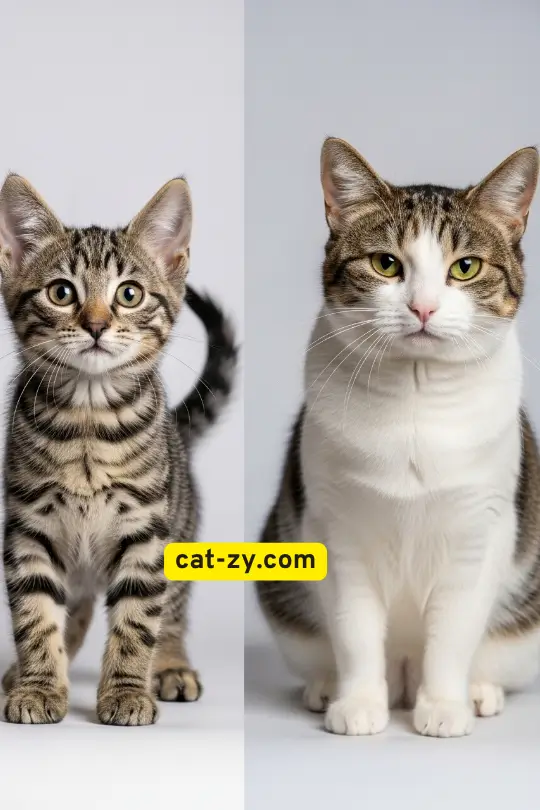
Knowing when your cat starts and stops going into heat, as well as how often do cats go into heat at different life stages, is key to their health. As a cat owner, it’s important to know how age affects their heat cycles.
First Heat Cycle: What Age to Expect
Cats usually have their first heat cycle between six and nine months old. But this can change based on breed and diet. Nutrition is a big factor in when a cat’s heat cycle starts. Well-fed cats might start earlier than those who are not.
Do Older Cats Still Go Into Heat?
As cats get older, their heat cycles may happen less often and stop. Cats usually keep going into heat until they’re 7-10 years old. But some cats might stop earlier or later. It’s important to watch your cat’s health and adjust their care as they age.
Surprising Fact #5: Some Cats Can Go Into Heat as Early as 4 Months Old
While most cats start their heat cycles between six and nine months, some breeds can start as early as four months. This is true for certain pedigree breeds. If you don’t plan to breed your cat, spaying is a good idea. It prevents unwanted litter and health risks.
By understanding how age affects your cat’s heat cycles, you can take better care of them. This helps you make smart choices about their reproductive health.
Breed Differences in Feline Heat Cycles
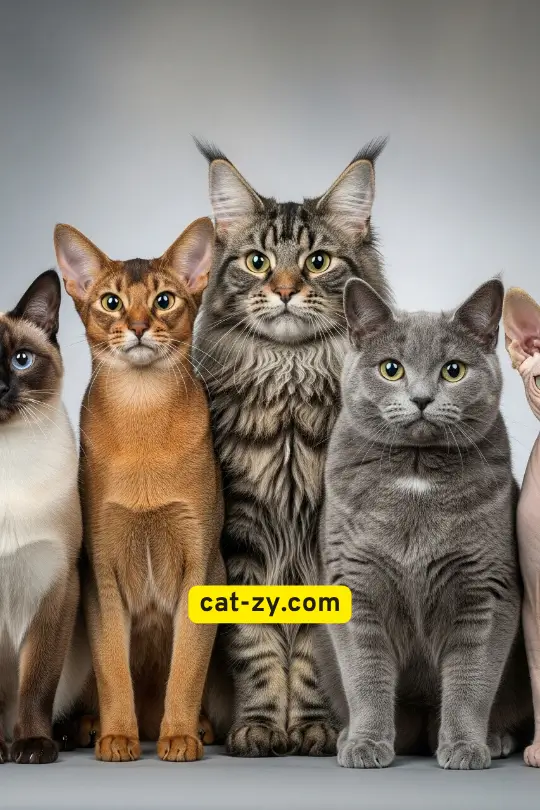
Different cat breeds show unique traits in their heat cycles. Some grow up faster and have more frequent cycles. Others have longer or shorter ones. Knowing these differences and how often do cats go into heat based on their breed helps manage your cat’s health better.
Breeds That Mature Earlier
Some cats, like Siamese and Abyssinians, grow up quicker. They can start their first heat cycle at 4-5 months. On the other hand, bigger cats, like Maine Coons, may wait until 7-10 months.
Seasonal Breeders vs. Year-Round Breeders
Some cats breed only in certain seasons. For example, British Shorthairs have more cycles in spring and summer. But Sphynx cats can breed all year.
How Genetics Influence Heat Cycle Patterns
Genetics greatly affect a cat’s heat cycle patterns. Some breeds are bred to have more or less frequent cycles. Knowing your cat’s breed helps in choosing the right health care for them.
Health Implications of Frequent Heat Cycles
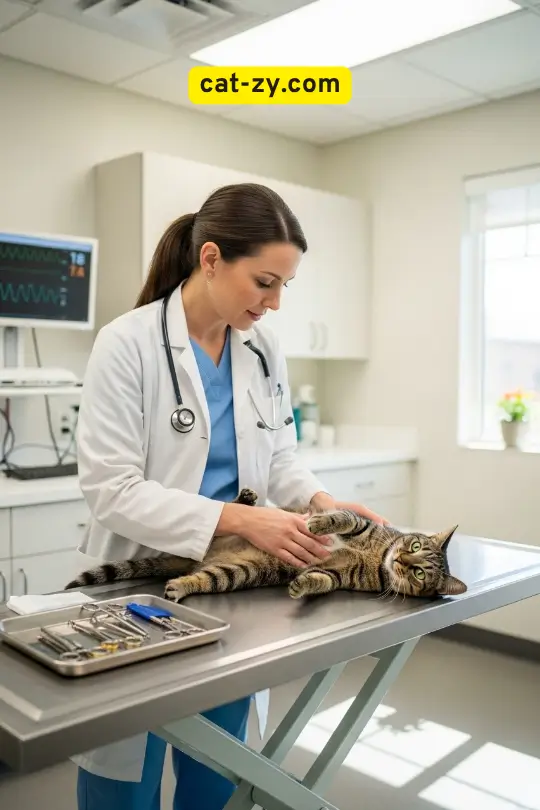
Frequent heat cycles can harm your cat’s health. They affect both physical and mental well-being. Understanding how often do cats go into heat and the associated health risks is key to caring for your pet well.
Physical Stress on Your Cat’s Body
Repeated heat cycles stress your cat’s body, mainly the reproductive system. This stress can cause uterine infections and other reproductive problems. It can also make existing health issues worse.
Psychological Effects of Repeated Heat Cycles
The mental impact of frequent heat cycles is big. Cats in heat may become more vocal, restless, and anxious. These changes can upset both the cat and the owner.
Long-Term Health Risks
Long-term health risks come with frequent heat cycles, mainly for unspayed cats. These risks include a higher chance of cancer and reproductive problems. Knowing these risks helps you make better health choices for your cat.
Surprising Fact #6: Unspayed Cats Face Significant Health Risks
Unspayed cats face big health risks, like uterine infections and cancer. spaying your cat can lower these risks. It improves their health and happiness.
Managing a Cat in Heat: Effective Strategies
Dealing with a cat in heat can be tough, especially when learning how often do cats go into heat, but there are ways to make it easier. When your cat is in heat, it’s important to create a comfortable space. This helps reduce stress and keeps your cat comfortable.
Creating a Comfortable Environment
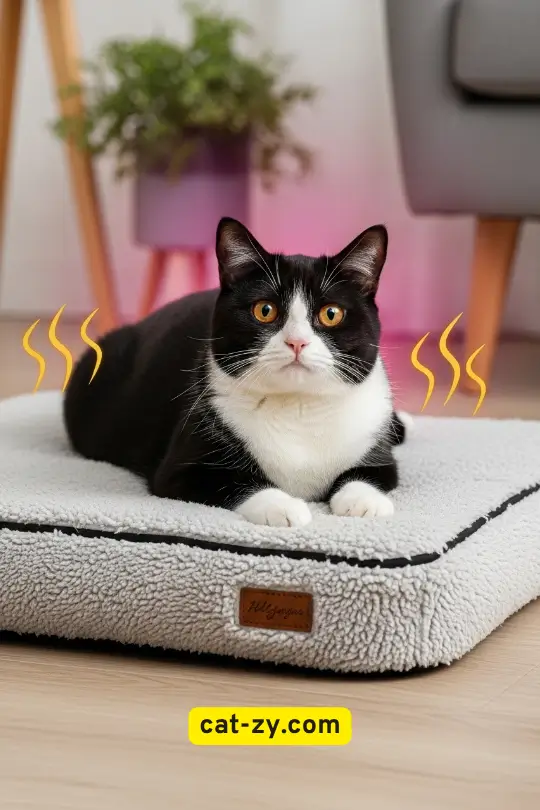
One key strategy is to make a calm and cozy spot for your cat. Give them a quiet area to relax, away from the noise of the house. Make sure they have a warm, comfy place to sleep. A heated cat bed can also help soothe them.
Natural Calming Methods
There are natural ways to calm your cat during heat cycles. Pheromone diffusers like Feliway can mimic the calming pheromones mother cats use. You can also try calming treats or supplements, but talk to your vet first.

Preventing Escape Attempts
Cats in heat, often females, might try to get out to find a mate. To stop this, make sure all windows and doors are closed. Block any paths they might try to escape by. Keeping them indoors is key to preventing unwanted breeding and keeping them safe.
When to Consult Your Veterinarian
If managing your cat’s heat cycle is hard or if they seem really stressed, see your vet. They can suggest the best cat in heat remedy, and if spaying is needed. If you’re unsure how do you tell if your cat is in heat, your vet can help you understand the signs and manage the cycle.
Cat in Heat Remedies: What Works and What Doesn’t
Understanding cat in heat remedies and how often do cats go into heat is key to providing proper care. Some cat owners look for quick fixes to ease their cat’s pain. But it’s important to know what really works.
Herbal and Homeopathic Options
Some cat owners try herbal and homeopathic remedies. They use Passiflora incarnata or Valeriana officinalis for their calming effects. But their effectiveness can vary, and caution is needed.
Always talk to a vet before using these remedies. This ensures they won’t harm your cat or interact with other medicines.
Environmental Modifications
Changing your cat’s environment can help. A quiet, comfy spot can calm them. Also, more play and exercise can take their mind off the discomfort.
Prescription Options From Your Vet
Vets might prescribe meds for a cat in heat. These can include hormonal treatments to reduce or delay the cycle. Your vet will suggest the best option based on your cat’s health.
Surprising Fact #7: No Home Remedy Can Completely Stop a Heat Cycle
Many remedies can ease symptoms, but none can stop a cat’s heat cycle for good. The best way to prevent it is through spaying. This is a surgery that stops the heat cycle forever.
Spaying Your Cat: Benefits Beyond Heat Cycle Prevention
Spaying your cat does more than just stop unwanted litters. It also brings health and behavior perks. Knowing these benefits and understanding how often do cats go into heat can guide your decision on your pet’s reproductive health.
Optimal Age for Spaying
The best time to spay your cat varies by breed and size. Vets usually suggest spaying between four to six months. Doing it before the first heat cycle can lower health risks.
Health Benefits of Spaying
Spaying stops uterine infections and cuts down breast tumor risks, especially if done early. It also stops unwanted breeding and reduces heat cycle behaviors like meowing and restlessness.
Recovery and Aftercare
Spaying is a surgery that needs some care after. Your vet will tell you how to watch for problems and manage pain.
Cost Considerations and Resources
Spaying costs differ by location and vet. Many animal groups offer cheap spay/neuter services. Knowing the costs and benefits helps plan for your cat’s health.
Conclusion: Understanding Your Cat’s Reproductive Health
Knowing how often cats go into heat is key to caring for your cat. Age, breed, and environment affect how often do cats go into heat and how long they stay in heat. Spotting the signs of heat, like changes in behavior and physical signs, helps manage this natural process.
Spaying your cat is a big decision. It stops unwanted breeding and lowers health risks from frequent heat cycles. Being informed about your cat’s reproductive health helps you make choices that improve their life. Whether you’re experienced or new to cat care, knowing about heat cycles is vital for a happy, healthy home.
FAQ
How often do cats go into heat?
Cats can go into heat every 2-3 weeks in spring and summer. This can change based on breed, age, and environment.
How long are cats in heat?
Cats are in heat for about 4-7 days. Sometimes, they can stay in heat for up to 2 weeks if they’re not bred.
Do cats get periods?
No, cats don’t have periods like humans do. They have a heat cycle, or estrus, which is part of their reproductive cycle.
How do you tell if your cat is in heat?
Look for signs like vocalizing, restlessness, and rubbing. You’ll also see a swollen vulva and discharge.
How often are cats in heat?
Cats can go into heat many times during the breeding season. Some go every 2-3 weeks, while others may only go a few times a year.
What is a cat in heat remedy?
Remedies include making a calm space for your cat. You can also try pheromone therapy. Your vet might suggest prescription options.
Can male cats detect a female in heat?
Yes, male cats can smell a female in heat from far away. They pick up on the pheromones she releases.
What are the health implications of frequent heat cycles?
Frequent heat cycles can stress your cat’s body. This can lead to health issues like uterine infections and cancer.
Can spaying prevent heat cycles?
Yes, spaying stops heat cycles by removing reproductive organs. It also helps prevent health problems.

